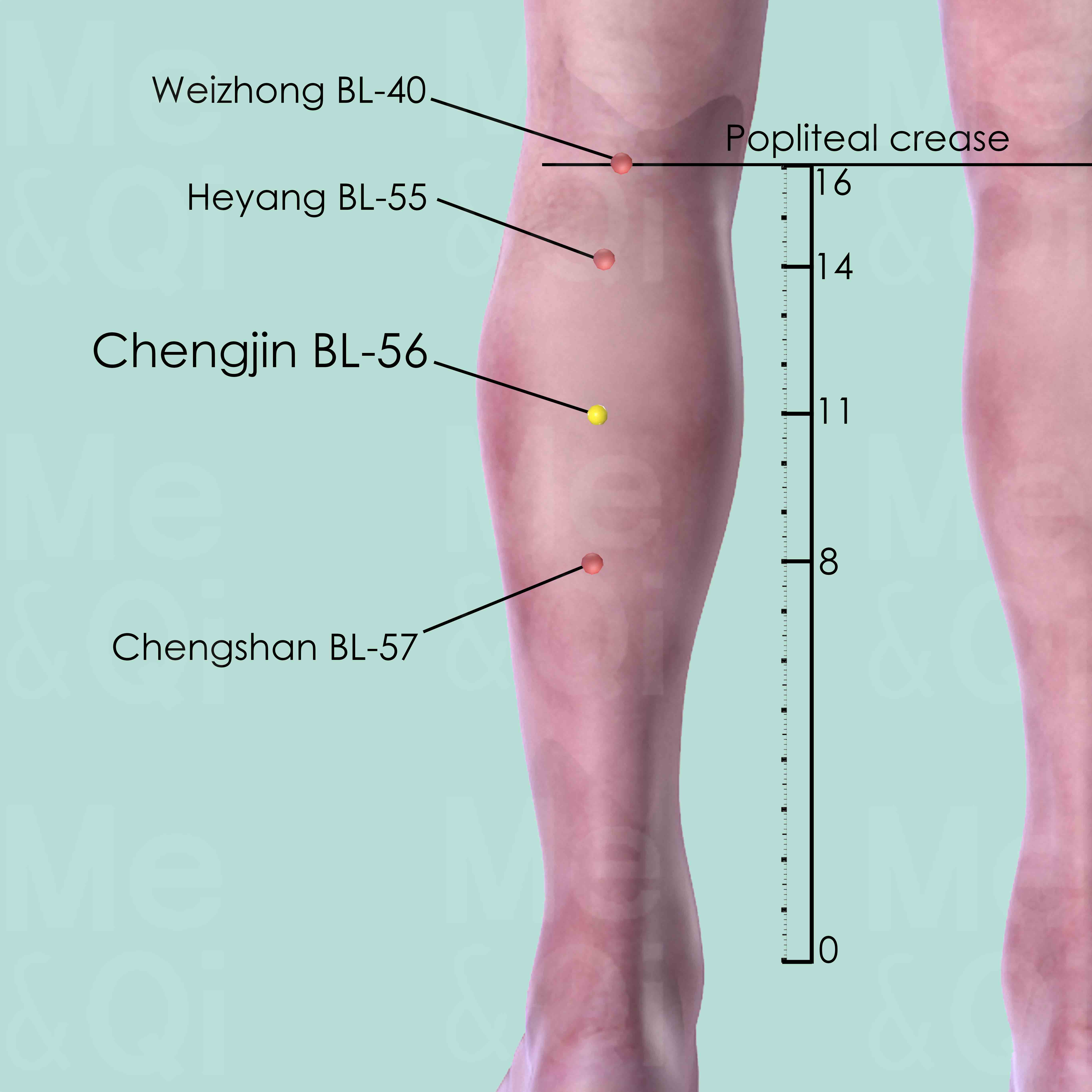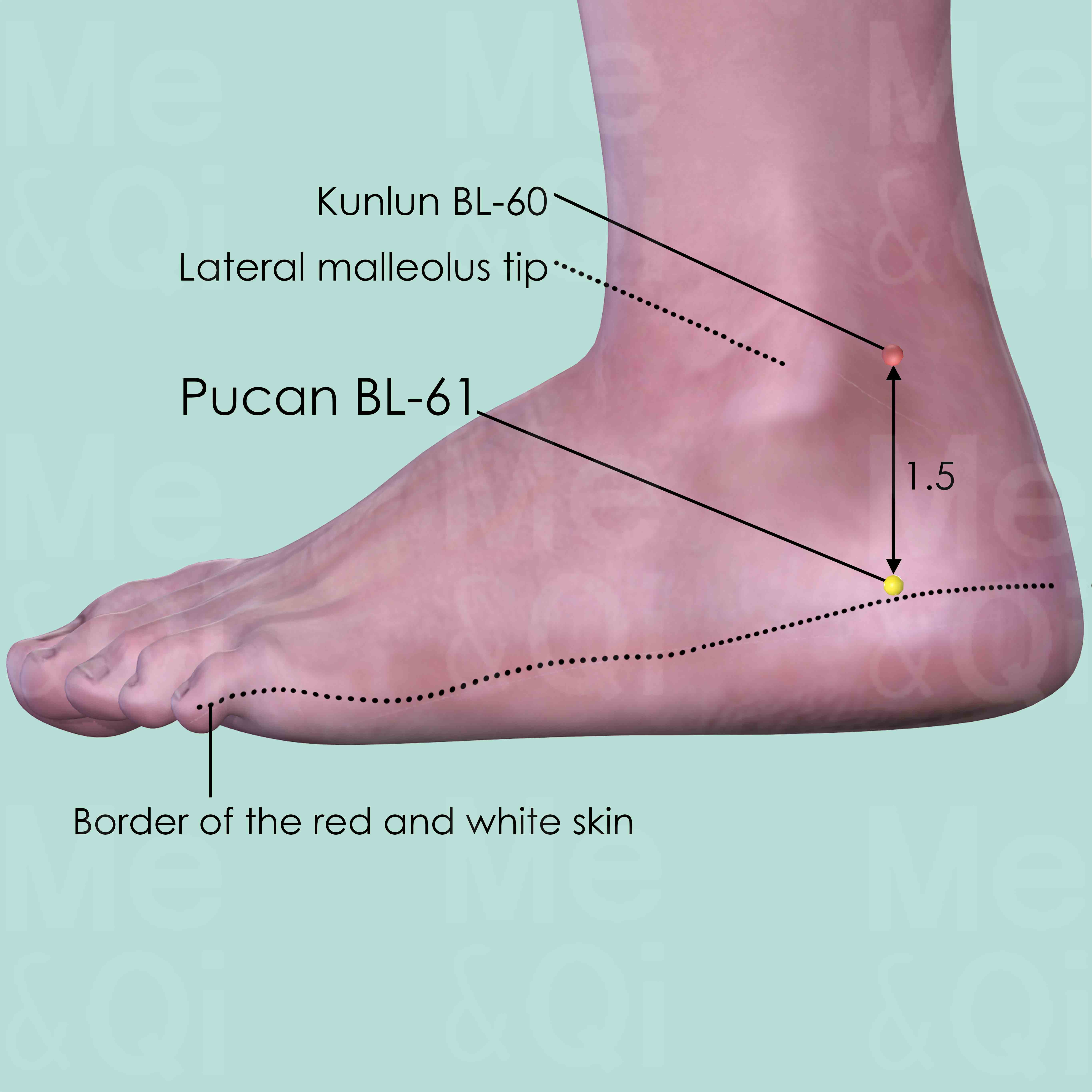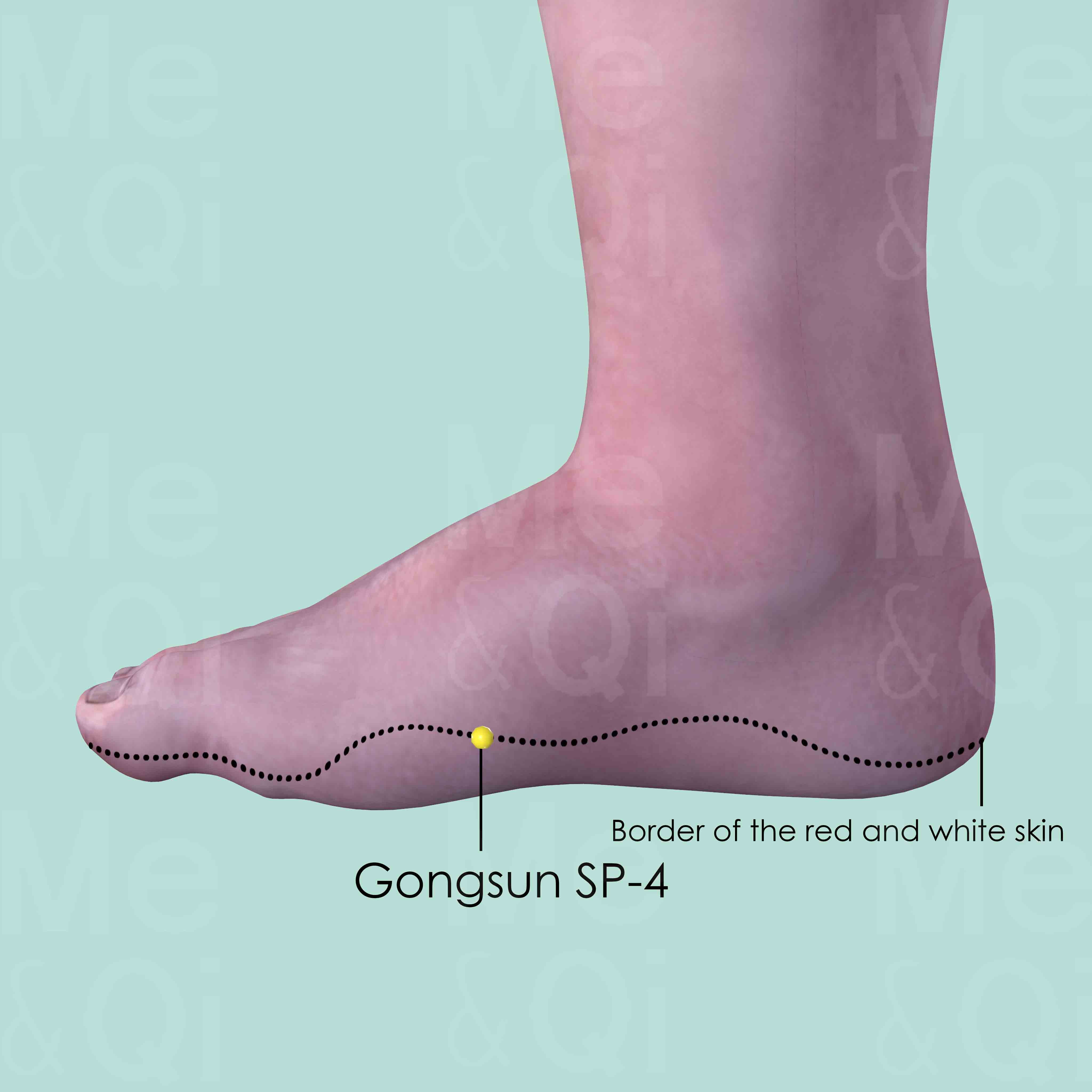Heel Painaccording to TCM
Symptom family: Feet Issues
Parent symptom: Foot Pain
What is Heel Pain?
Heel pain is a common affliction that manifests as discomfort in the heel bone or surrounding soft tissues. This symptom can arise from a variety of causes, including plantar fasciitis, Achilles tendinitis, or bone spurs. The pain may be acute, occurring suddenly and intensely, or chronic, persisting over a longer duration.
It can impact mobility and quality of life, with sufferers often experiencing the most intense pain during their first steps after waking up or after prolonged periods of rest. Effective diagnosis and treatment are vital for recovery and the prevention of further complications.
How Does TCM View Heel Pain?
Traditional Chinese Medicine approaches heel pain as a symptom of imbalance within the body's meridians, the pathways through which life energy, or Qi, flows. Rather than viewing the pain as a localized issue, TCM considers it a manifestation of a broader disharmony.
The causes of heel pain may be rooted in Qi Stagnation, Blood stasis, Dampness accumulation, or a Deficiency of the Kidney Essence, affecting the meridians that traverse the foot. Identifying the precise pattern of disharmony is crucial to TCM treatment, as it guides the choice of acupuncture points, herbs, and lifestyle recommendations.
Acupoints for Heel Pain
In managing heel pain, TCM emphasizes restoring the flow of Qi and Blood to alleviate pain and promote healing. The Bladder Channel acupoint Chengjin BL-56 is often selected for its efficacy in addressing obstructions in the channel that can contribute to heel discomfort. By stimulating this point, practitioners aim to relax the sinews and benefit the heel directly.
Another valuable point is Pucan BL-61, known for its pain-relieving properties, especially in the heel and ankle region.
From the Spleen Channel, Gongsun SP-4 is a strategic choice that harmonizes the Spleen and Stomach, regulates vital energy, and calms the mind, all of which are seen as beneficial for foot and heel conditions. By addressing these acupoints, TCM practitioners endeavor to harmonize internal energies, thus providing relief and fostering a return to balance and health.
Explore below some acupoints used to address heel pain, organized by meridian.
- By Meridian
- Bladder Channel
- Spleen Channel

Chengjin BL-56
5 cun inferior to Weizhong BL-40 which is the midpoint of the popliteal crease. In the center of the belly of gastrocnemius muscle, midway between Heyang BL-55 and Chengshan BL-57.

Pucan BL-61
Posterior and inferior to the external malleolus, directly below Kunlun BL-60, in the depression of the calcaneum at the junction of the red and white skin.

Gongsun SP-4
In the depression distal and inferior to the base of the 1st metatarsal bone, at the border of the red and white skin.
